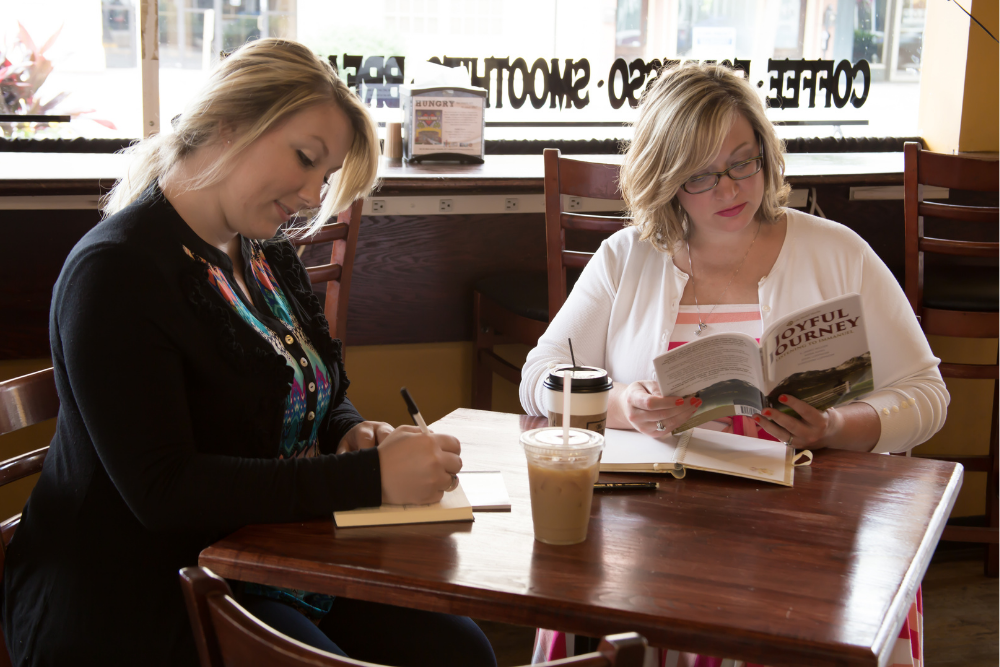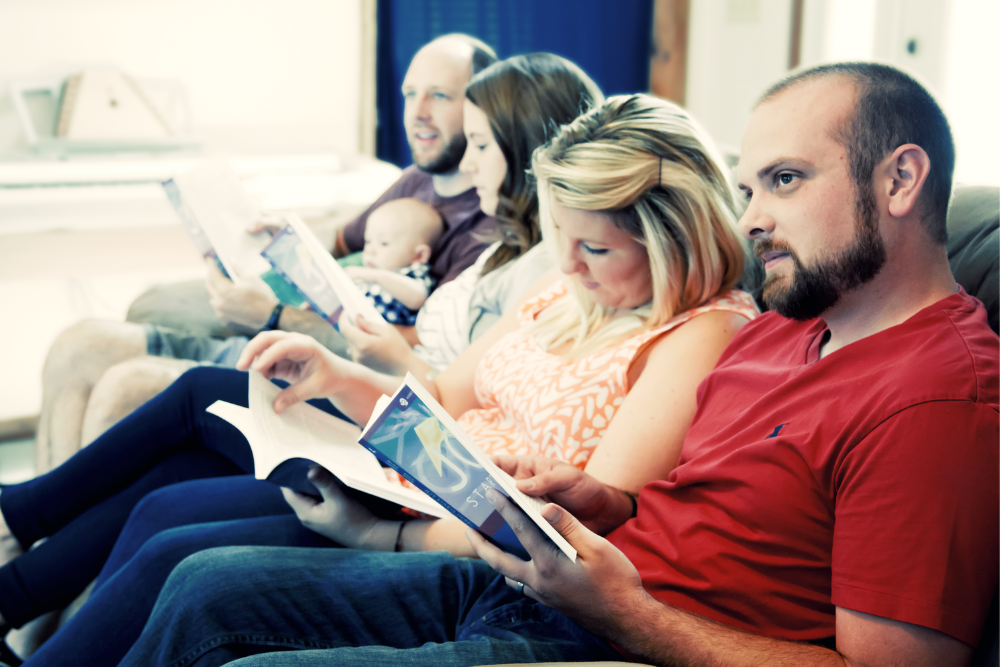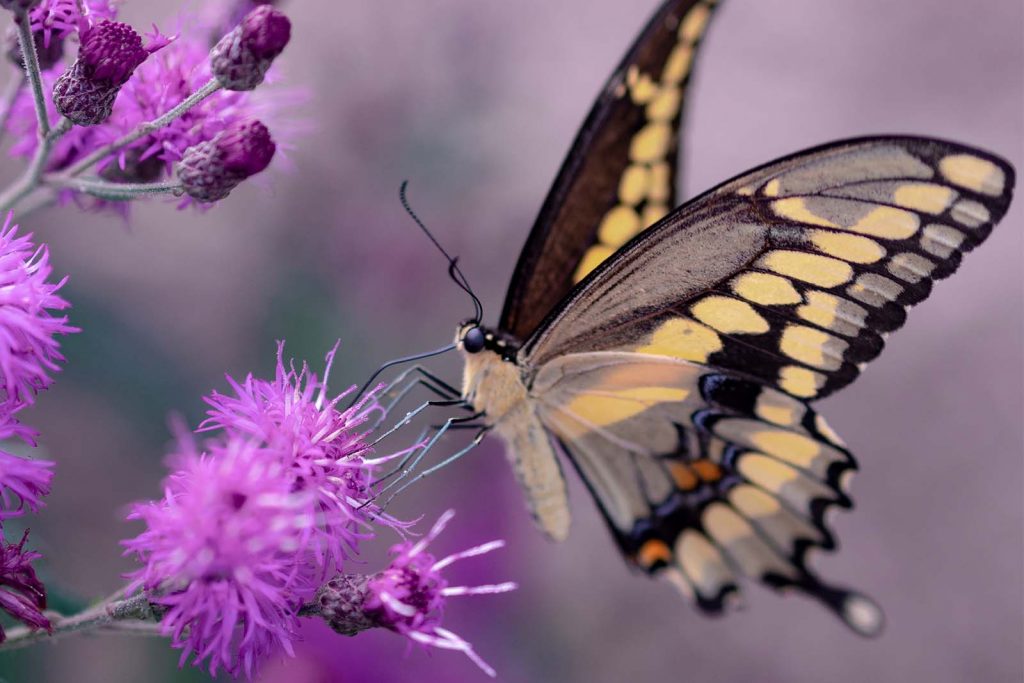Before I can talk about relationships, we need to look at relational skills. Before I can look at relational skills, we need to understand joy.
Every time I write about joy, I feel a compulsion to define it. We all long for “happier” lives but we make a huge mistake when we switch out those two words as if they were equals and interchangeable.
Back when I was in school I remember a science teacher explaining classifications and syllogisms in a really simple way.
Robins are birds. But not all birds are Robins… and not all Robins are even birds!
Just because you see a bird, doesn’t mean you’ve seen a robin. Just because you’ve seen a Robin, it doesn’t mean you’ve seen a bird! (There are people named Robin too!)
Joy is found in happiness. But not all happiness comes from joy… And not all joy is found in happiness.
Joy- is the experience your brain feels when it realizes someone is glad to be with you. It can happen during happy times, and it can happen during sad times, mad times, fearful times etc.
We’ve all seen the pictures of joy… with huge smiles all around, of people being glad to be together, living the “perfect” lives on Facebook. This generation is full of selfies that are taken just to make sure everyone sees our most “joyful” moments in life.
But then there’s the rest of us that have felt twinges of envy and thought… “that could never be me, my relationships just don’t look like that”.
We then conjure up our own memories and images of the many problems in our life. The arguments with loved ones, frustrations with bosses and coworkers and times we’ve lost our temper and yelled at our kids.
The thing is…. We’re right in realizing that these are not joyful moments, but we’re missing out on realizing that with a little effort, these exact moments can lead us to joy, even if they’re not appropriate for selfies at the time.
Would you like to hear a personal story to help you see what I mean?
A few months ago I was in a “slump” of sorts and found myself in the middle of a “silent treatment” battle between my husband and I. I didn’t even know what I was upset about. I didn’t know what he was upset about. It had been about a week of swallowing bitter sarcastic responses and becoming angry over the littlest things with each other.
Neither of us were using any relational skills. Neither of us were experiencing any joy.
On a Friday night, along with our son, we headed out for dinner. I became very aware of how my stomach was in a knot. I noticed that my breathing was shallow and short and that I was “boiling” inside every time my husband spoke.
I realized as I noticed how my body was feeling, that I was not acting like myself. It’s not normal for me to feel like a volcano about to burst from my own skin.
I took a deep breath and planned to go to the restroom as soon as we got there to do the “Shalom for my Body Exercises” that I had learned to help me “get back to acting like myself” through Life Model Works. I asked the Lord silently inside to help me to see my husband how He sees him and to help me quiet.
When we arrived at the restaurant, my husband dropped me off at the door so I could go and get our names on the wait list ahead of the other people pulling in at the same time. On my way in, I practiced deep breathing and remembered that no matter what was wrong, I valued my relationship with my husband more than our current problems needed “fixing”.
When my husband walked up to the porch where we were going to have to wait for our table, I noticed that he didn’t sit next to me. I remembered that I was glad to be with him even though I knew that he still wasn’t acting like himself.
I allowed my posture to relax. And I even felt my face soften as I looked at him. He glanced my way and we made eye contact. I was truly glad to be with him and had already quieted my own distress…. he knew it instantly. As our eyes met, I saw him hold my gaze instead of harden and look away…. and I saw him begin to breathe deeper. A tiny smile appeared on my face and signaled to him that I was no longer hostile and upset. He echoed the response.
The rest of the evening the ice slowly began to melt between us. Something had changed. We weren’t gushing with happiness or throwing our heads back in laughter in ways worthy of photographs. But we were back to joy. We were glad to be together, even though we had been upset just moments before.
Once we were alone in the quiet of the night, we were able to talk- openly, and honestly and share our hearts with one another. I cried in his arms and let him know where I had been hurting all week. He held me and shared his pains from the week as well. We had both been dealing with things by stuffing and spewing…. And we both needed to repent and forgive one another.
This is real life. This is what joy looks like in the midst of a real relationship with real life problems. Over the course of this particular story, you can see that I applied many of the relational skills that are taught at Life Model Works. I was able to use Skill 2 “Soothe Myself, Skill 9 “Take a Breather”, Skill 1 “Share Joy”, Skill 12 “Act like myself”, Skill 13 “See What God Sees”, Skill 15 “Quiet Interactively”, Skill 11 “Return to Joy” and Skill 14 “Stop the Sark”. Do you see where each one is displayed? (Grab this handy card with all the 19 skills on it if you don’t already know them all!)
Relational Skills don’t have to be super complicated to learn.
We learn relational skills best through examples of others! Stories just like this one, of real life situations, are exactly what your brain needs in order to see that there’s another way.
Joy is possible in relationships. In fact, it’s even better than happiness because it is sustainable through the “better or worse” parts of life. Joy isn’t just in the smiles, it’s also in the rain and storms. Relational skills make joy possible every day- in real life.
(19Skills Cards available here)








